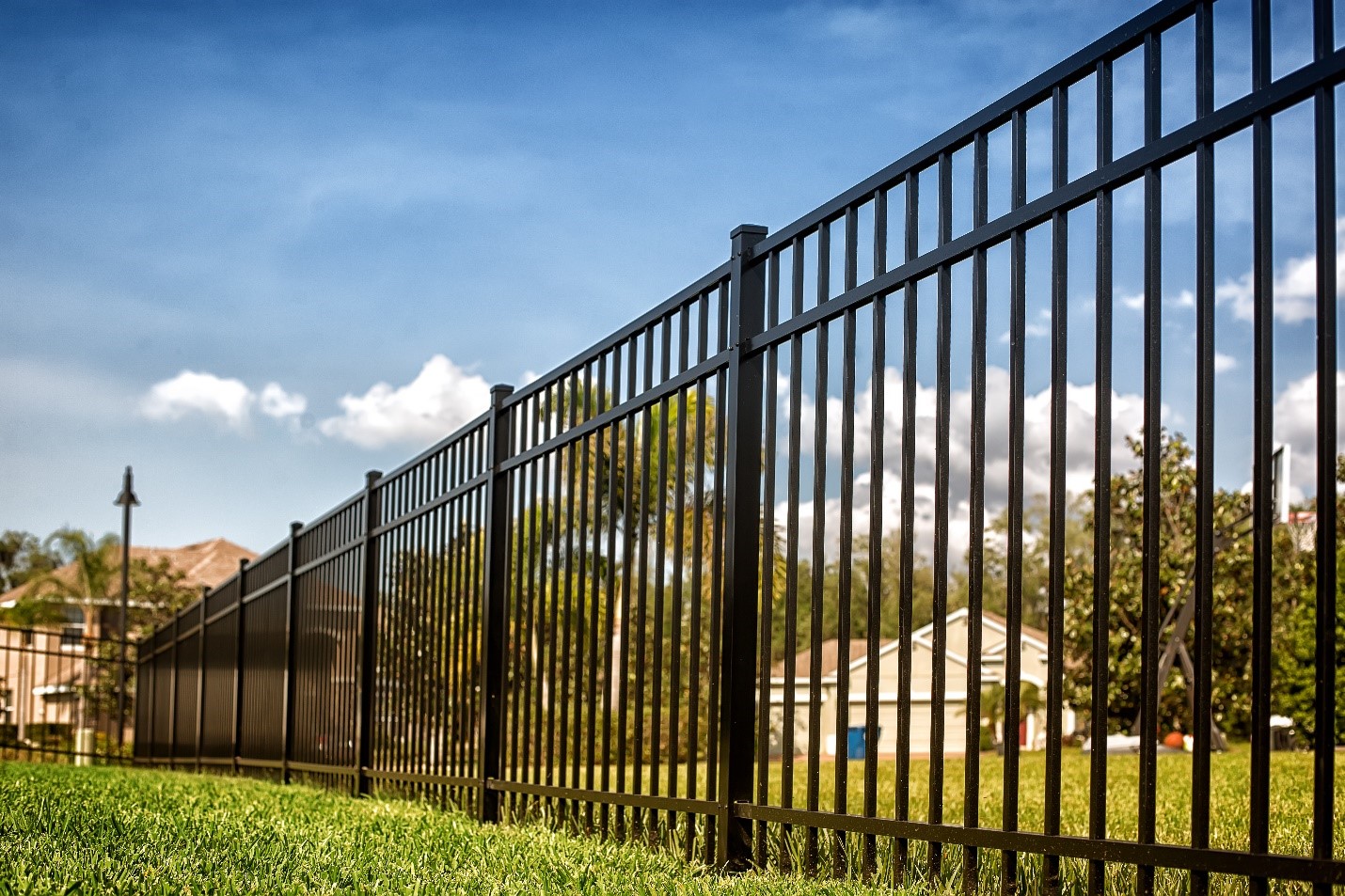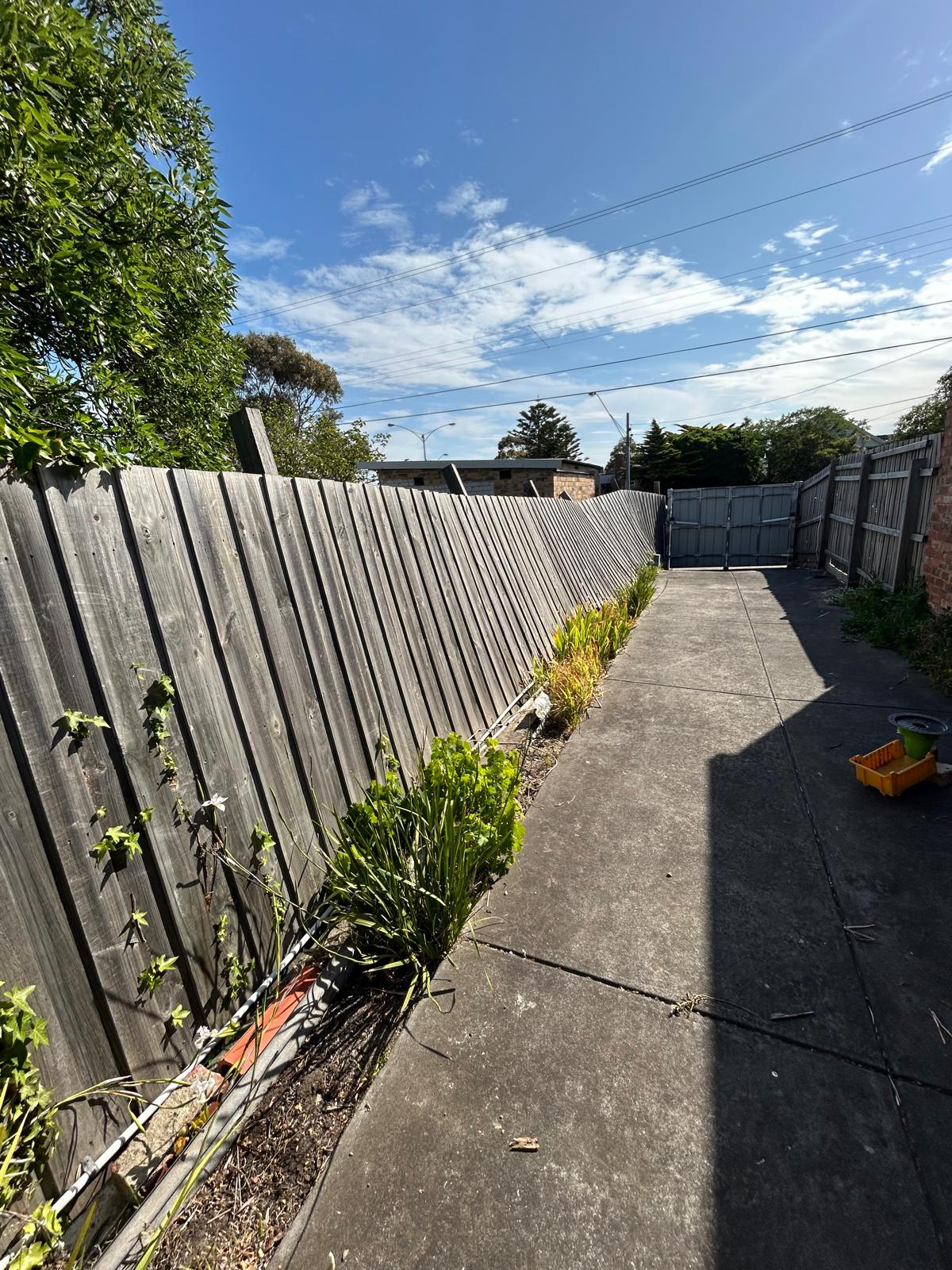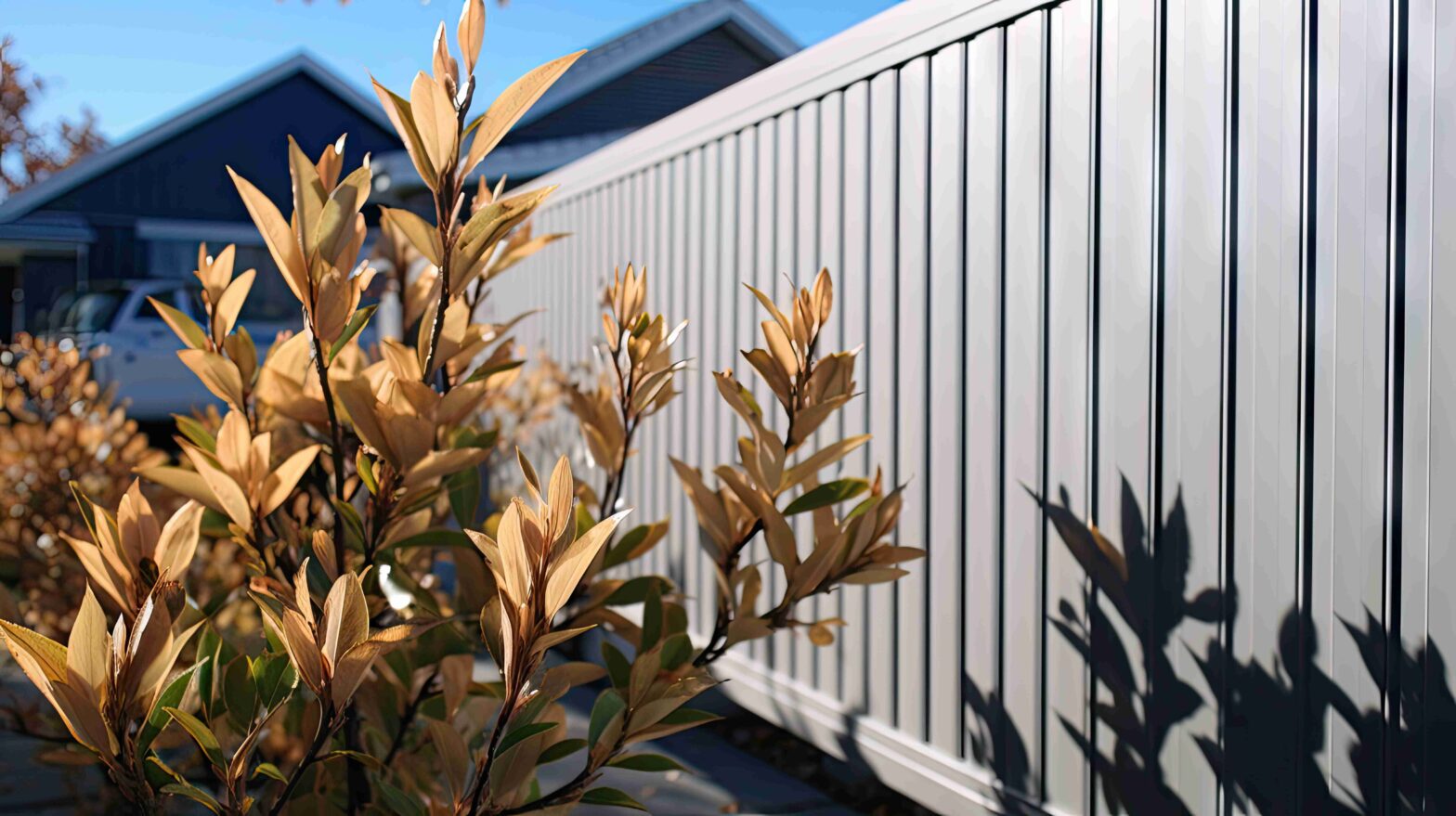Understanding Fencing Costs in Australia
When planning for a new fence installation, you need only remember one thing: the longer and taller the fence, the more it’ll cost you. This seems like something Captain Obvious would say, but our experience tells us that this often gets overlooked. By the time people realise their mistake, they might have already paid for more than they initially intended.
Understanding how fencing options are priced isn’t all that hard. Believe it or not, at least three key elements are influencing their average fencing costs.
Material
Manufacturers can make fence panels and accessories from just about anything, with some of the most common fencing materials being wood and steel. Each material has its own properties, processing methods and means of supply, all of which contribute to their price. You can say that the cost of raw materials is the base figure for the overall cost of fencing your property.
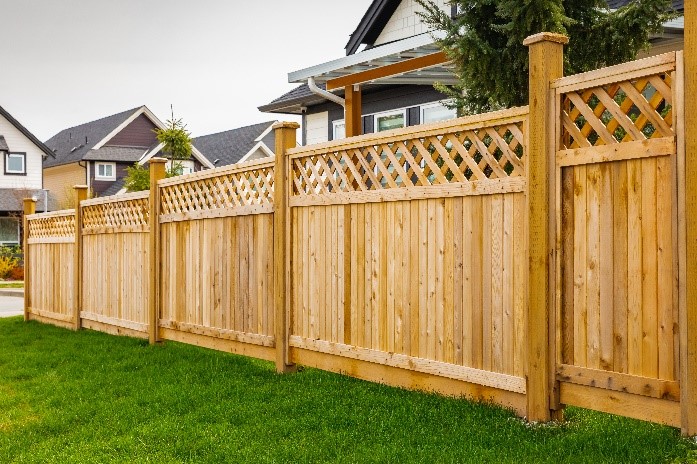
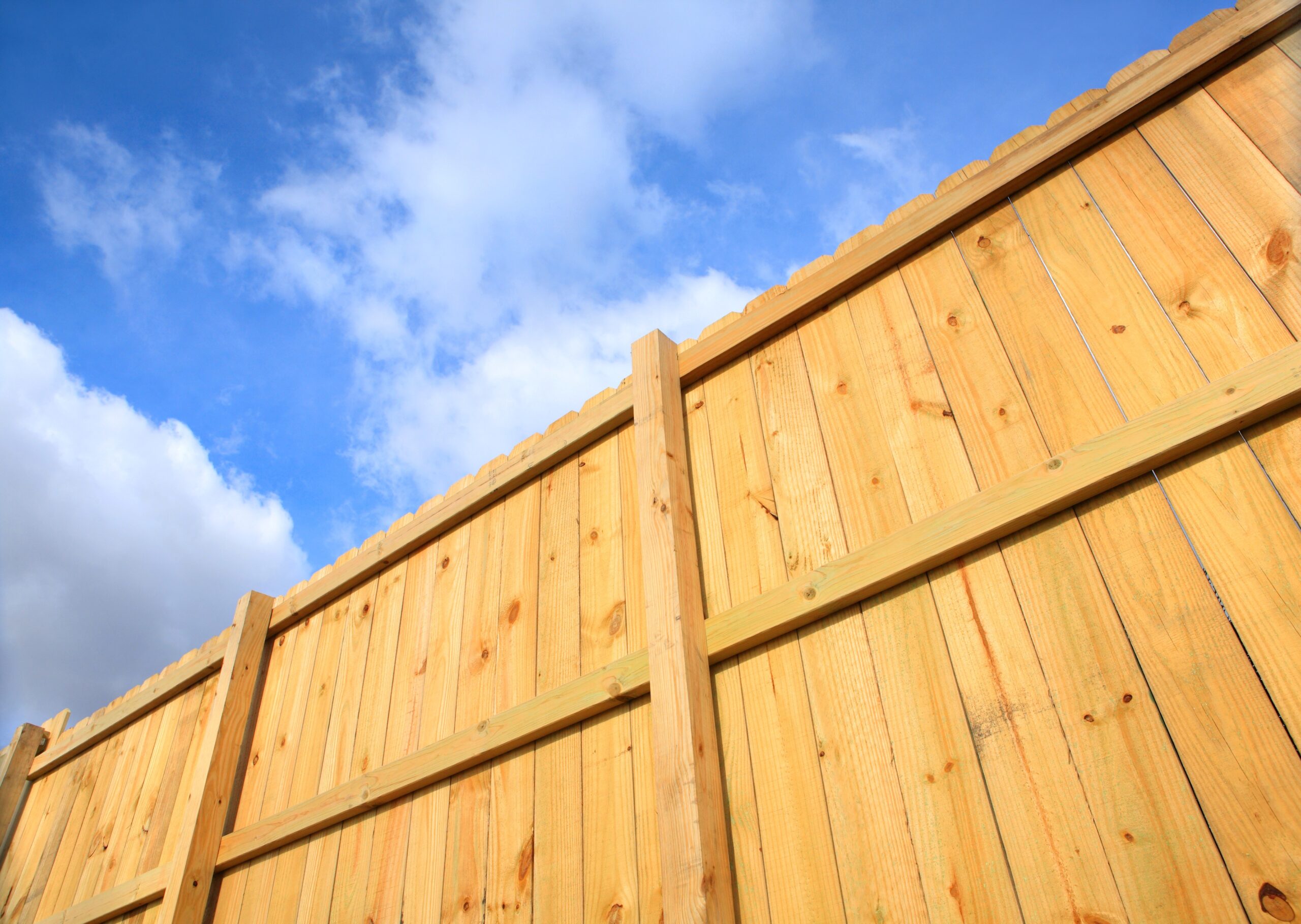
Height and Length
As mentioned earlier, the average cost of any fence increases with height and length. While a fence’s height is restricted to 1.5 metres (2.0 metres if fronting a declared road, like an arterial road or freeway), the fence’s length is limited to how much privacy or security fencing you want in your property – and also how much it can fit without going overboard.
Adornments
Some homeowners are satisfied with the bare minimum fencing, but others want to spice it up by adding post ornaments and latticework. These additions are primarily aesthetic, but you can’t deny the aesthetic appeal they add to an otherwise plain fence.
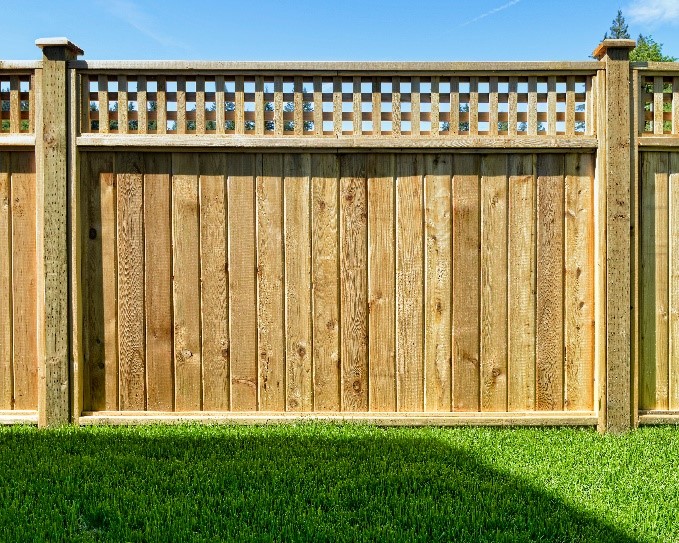
Next, let’s find out how much each fencing option costs per metre.
Types of Fences and Their Pricing
- Timber FencingDespite its plentiful supply and ease of harvest and processing, timber is vulnerable to rotting on its own. Because of this, you almost can’t find timber fences that use untreated wood. The typical kind uses at least H4-rated timber, meaning a timber fence is treated to withstand moisture from contact with the ground and insects like termites.
This extra step adds to timber fencing costs, with a treated pine paling fence costing between AUD$50 and AUD$120 per metre. Hardwoods like Merbau are a different story, costing between AUD$80 and AUD$125 per metre. - Picket FencingAs they’re also made out of timber, picket fences are at a similar risk of rotting and must undergo the same wood treatment. However, it has the edge over its timber counterpart because it isn’t built as high or closed off to prying eyes. The reduced wood usage also reduces its price per metre, between AUD$63 and AUD$105.
- Tubular Steel Fencing As they’re also made out of timber, picket fences are at a similar risk of rotting and This kind of fence uses hollow steel tubes and is arranged in the same style as a picket fence. Despite its hollow structure, it’s still designed to be as resilient as full-enclosure steel panel fencing. However, its price wildly varies from AUD$200 to AUD$1,500 due to factors like the steel fence’s weight and difficulty of installation.
- Wire Fencing Wire fencing is unique in that fencing installers order them in 20-metre rolls. In GFences’ case, we get our wire – powder-coated or galvanised – from Emu Wire. The cost range is estimated from AUD$30 to AUD$52 per metre, though Emu Wire requires orders to consist of at least five metres of wire.
- Brushwood FencingGathering enough brushwood to pack the fence panels isn’t easy. This kind of fence needs hundreds of brushwood bundles to hide the yard from plain view and muffle noise from the outside. Because of this, it has a fairly high initial cost among organic fencing materials, costing between AUD$130 and AUD$270 per metre.
- Aluminium FencingAluminium fences get the most use in or near coastal areas, where they can resist the effects of salt-rich air and moisture. They’re also as robust as steel, but they do it for a fraction of the weight steel requires, making installation easier. You can get one for around AUD$65 to AUD$110 per metre for standard aluminium fencing.
- COLORBOND® FencingFinally, we have the kind of fence specifically designed with Australia’s unforgiving climate extremes in mind. Surprisingly, despite being made out of steel, colorbond fencing prices are relatively affordable at around AUD$80 to AUD$100 per metre. This gives other fencing types a run for their money.
Conclusion
To wrap up, here are the price ranges once more.
Fencing Option |
Estimated Price Range |
|---|---|
| Timber | AUD$50 – 120 |
| Picket | AUD$63 – 105 |
| Tubular Steel | AUD$200 – 1,500 |
| Wire | AUD$30 – 52 |
| Brushwood | AUD$130 – 270 |
| Aluminium | AUD$65 – 110 |
| COLORBOND® | AUD$80 – 100 |
Given these prices, it’s important to get your choice of fencing solution right the first time. If a certain fence sparks your fancy regardless of the cost, you can spread out the fencing project in phases to avoid blowing your budget in one day. This works well for the costlier fencing material options like tubular steel and brushwood.
That said, you shouldn’t be intimidated by the fence cost. Well-built fences pay dividends over time, lasting well into a property’s next-generation owner. If you can bear the brunt of the high initial costs, your choice of fence will become an integral part of your home’s identity.
In the end, it isn’t about which fencing type is the cheapest. It’s rather which option gives you the best bang for your buck.
Keep up with the latest from Grays Fences & Gates
Subscribe to our blog and get latest news, inspiration, and resources delivered directly to your inbox.
